

Engage prospects with a scan and streamline customer engagement with FREE QR code marketing tools by Sona – no strings attached!
Create a Free QR CodeFree consultation

No commitment

Engage prospects with a scan and streamline customer engagement with FREE QR code marketing tools by Sona – no strings attached!
Create a Free QR CodeFree consultation

No commitment
Petroleum companies are often constrained by legacy analog systems such as paper MSDS sheets, handwritten incident logs, and static job aids that introduce delays, manual errors, and incomplete data. These gaps reduce the speed and accuracy of decision-making, especially in safety-critical settings where fast access to the latest protocols and contacts can change outcomes. The result is missed opportunities for engagement, rising compliance exposure, and a limited view of who is interacting with assets, signage, and printed materials. For sector-specific ideas, see this overview of oil and gas QR.
QR codes replace these static assets with dynamic, trackable, and instantly accessible digital experiences. With the right platform, a QR placed on a tank, gate sign, or pump display can route people to the correct document, form, or checklist in seconds. The experience is app free, scannable with any smartphone camera, and measurable so teams can see usage with the same clarity they apply to web analytics. Even better, content can be updated without reprinting, reducing the risk of outdated information lingering in the field. With Sona QR, you can manage these dynamic updates and analytics at scale.
With this approach, petroleum organizations can build a closed loop from scan to outcome. Technicians and contractors have faster access to instructions, supervisors gain visibility into completion rates, and marketing teams transform pumps and printed materials into measurable digital touchpoints. Over time, these changes compound to reduce downtime, improve compliance posture, and capture the granular engagement data that fuels continuous improvement.
Despite a decade of digital transformation, many petroleum companies still struggle with incomplete or siloed data about physical assets and real-world interactions. Offline to online conversion is a persistent friction point, especially in front-line environments where people move quickly and attention is scarce. Printed safety guides, decals, and brochures are important, yet they rarely translate into measurable digital touchpoints that can be attributed, analyzed, or optimized. For broader strategy context, see Forbes on marketing with QR codes.
QR codes bridge this divide by turning every physical surface into a smart access point. In safety-critical situations, crews can scan to open checklists or alerts without hunting for binders or logging into desktops. In customer-facing settings, visitors can instantly view promotions, provide feedback, or sign up for loyalty programs. In each case, QR engagement is traceable so teams know which assets, locations, and messages are working. For fundamentals, explore Sona QR’s primer on QR code marketing.
Petroleum firms use these features for compliance stickers, field instructions, and emergency cards. The result is consistent messaging, higher engagement, and the ability to react quickly when regulations or operational needs change.
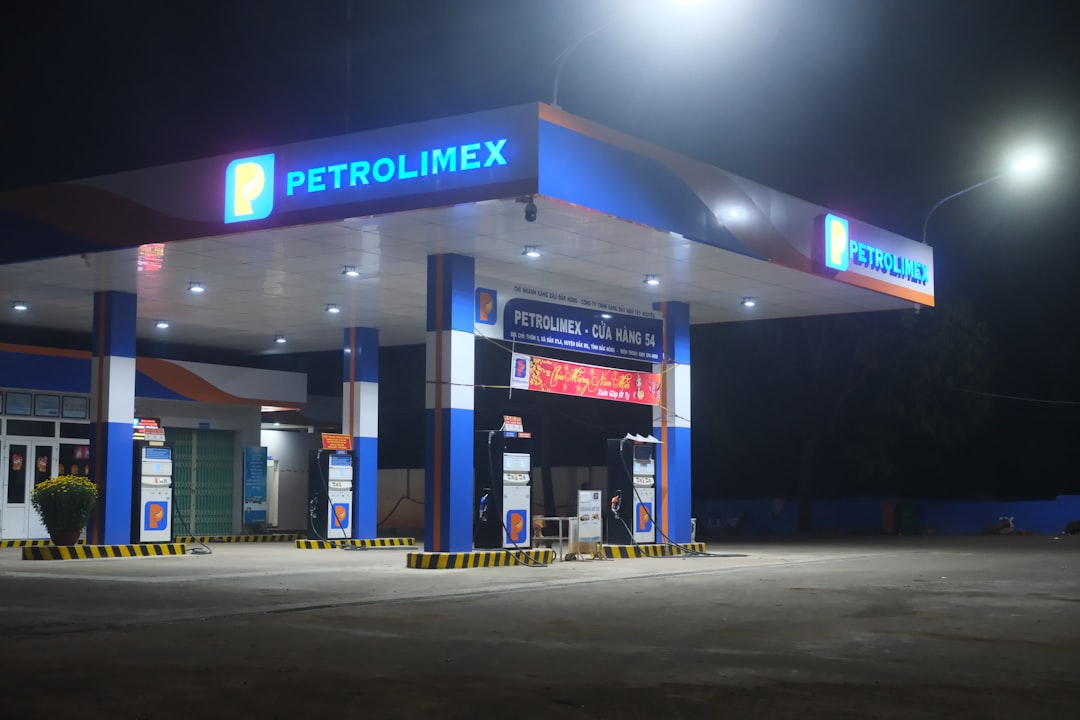
Operational blind spots often come from outdated or generic materials that are disconnected from digital systems. The right QR format makes the difference between a quick, useful action and an abandoned task. Petroleum environments benefit from formats that enable instant access to documentation, reporting, and communication.
Petroleum operations should prioritize dynamic QR codes over static ones. Static codes become another source of outdated information, while dynamic codes maintain a single, controlled endpoint that can shift as procedures and documents evolve. This flexibility safeguards compliance and ensures reliable information across sites and crews. Explore creating and managing dynamic QR codes.
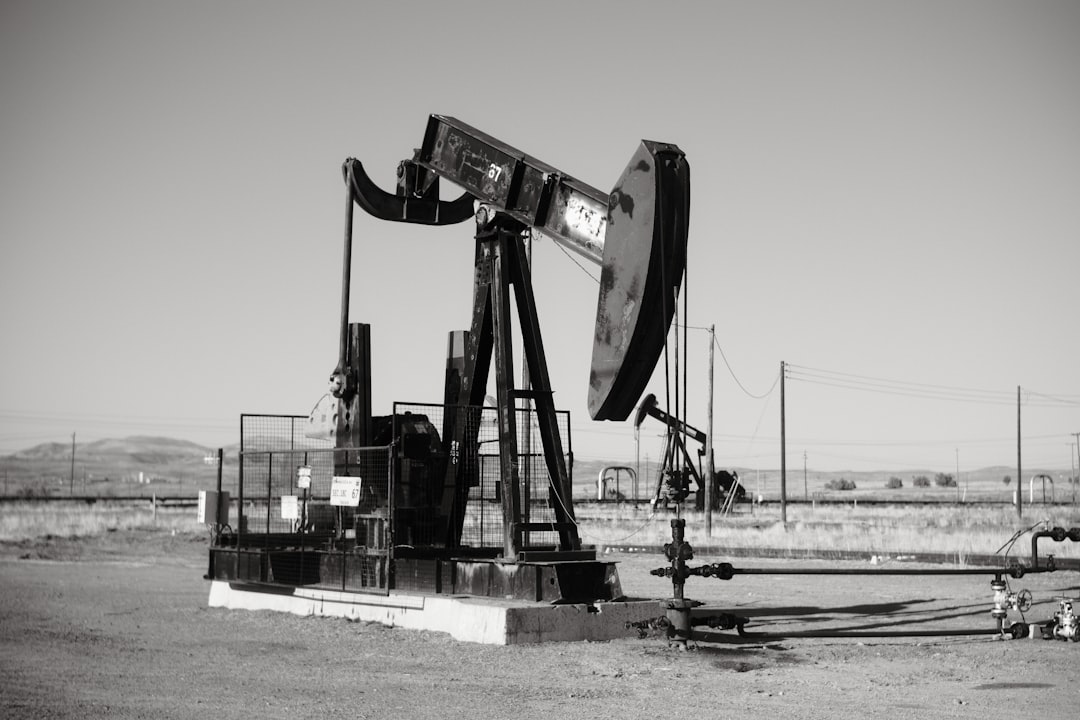
Inefficient workflows and limited audience insight constrain both operational and commercial outcomes. The most effective QR programs show up where action already happens. By embedding codes in high-traffic physical locations, petroleum companies turn formerly invisible moments into actionable insights and measurable engagement.
Deploying QR at these points builds segmented, high-value audiences for ongoing marketing and operational nurturing. It also centralizes engagement data that was previously scattered across paper forms and siloed tools.
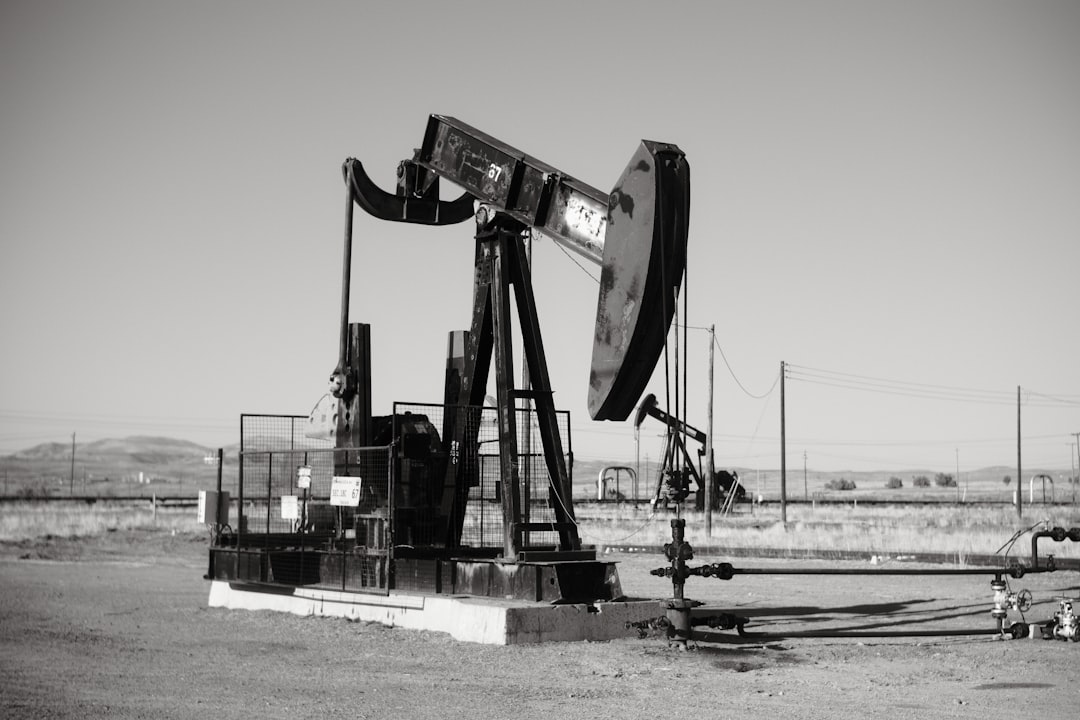
Equipment Maintenance Logs: Digital QR logs affixed to machinery address the persistent challenge of incomplete service documentation and missing context. A scan can open a mobile-friendly maintenance history, step-by-step procedures, and parts inventories. Technicians can upload photos, record readings, and mark tasks complete without returning to a terminal. Over time, this improves mean time between failures and reduces unscheduled downtime.
Compliance and Safety Training: Facilities that use QR-enabled posters at entrances, muster points, or control rooms reduce the risk of missing engagement signals. A scan directs workers to updated training videos, toolbox talk recaps, and policy acknowledgments. Completion is recorded automatically with timestamps and user identifiers when Single Sign-On or a quick ID form is used. Supervisors gain a live view of who is current on training and who needs a nudge. For structured learning flows, see QR in education.
Emergency Response Access: Real-time QR protocols solve the problem of disconnected manual resources. A code on a chemical storage area can link directly to SDS documents, emergency contacts, and response checklists. During drills, scans can confirm participation and completion in seconds. In real incidents, responders reach critical information without searching through binders or outdated files. Consider high-visibility placements like street signs.
These use cases share a common thread: a scan in the real world triggers a digital workflow that is faster, more accurate, and fully measurable. As engagement data accumulates, teams can see where to invest, which content needs revision, and how to fine-tune staffing or stock levels to match on-site demand.
Petroleum companies often leave valuable data signals untouched because offline interactions are hard to capture. Every QR scan is a signal that contains intent, context, and behavior. With purposeful deployment, you can segment audiences automatically and use the resulting data to fuel precise retargeting and timely follow-up across email, SMS, and paid media. For an execution framework, use Sona’s retargeting playbook.
The benefit is twofold. Field operations gain visibility into who is engaging with safety and maintenance content, while marketing gains a new stream of first-party data that improves campaign relevance and attribution. This turns tactical scans into sustained business outcomes.
Disconnected physical and digital efforts lead to inconsistent messaging, fragmented journeys, and wasted spend. QR codes unify these channels by creating a fast, measurable onramp from real-world touchpoints to digital experiences. The result is a connected funnel where every scan can be attributed and every follow-up can be personalized.
Technology now makes it possible to connect these touchpoints end to end. With a centralized platform like Sona QR, teams can manage codes at scale, monitor performance, and sync scan data with CRM and ad platforms to optimize spend and messaging in near real time.
A clear plan turns QR experiments into measurable programs. The following steps outline how to choose high-impact use cases, design effective codes, and optimize based on performance. Give each step sufficient time and clarity so you can move from pilot to scaled deployment with confidence. For creative rollout ideas, explore how to integrate QR codes into campaigns.
As you progress, treat your QR program like any other performance initiative. Set targets, instrument tracking, and iterate on messaging and placement. The compounding effect of small improvements at each step can significantly lift adoption and ROI.
Identify a specific goal and audience before designing or printing anything. In petroleum environments, high-value goals include verified safety training acknowledgments, digital incident reporting, equipment maintenance logs, and retail loyalty sign-ups. Pick one or two to start so you can monitor results closely and demonstrate quick wins. You can browse ideas in the Sona QR use case library.
Match the code type to the campaign’s flexibility needs. Static codes are suitable for fixed destinations that rarely change, such as a public sustainability overview page. Dynamic codes are ideal for anything that may evolve, such as updated SDS documents, rotating promotions, or seasonal training modules.
An easy-to-scan design is essential in the field. Balance visual hierarchy with durability and accessibility. Include a clear frame, brand colors, and a short, benefit-driven CTA. Consider the scanning environment such as glare on pump toppers, low light in engine rooms, or dust on equipment casings.
Roll out codes where they will be seen and used. For operations, think equipment panels, gate signage, PPE, and shift brief rooms. For marketing, think pump islands, window clings, receipt stubs, and direct mail. Roll out in phases, measure, and expand to new placements that show promise.
Instrument analytics from day one. Monitor scan volume, completion rate, time on page, and conversion outcomes tied to each QR. Set alerts for sudden drops or spikes. Adopt an iterative approach so each cycle of content or placement adjustments builds on the last.
A checklist turns best intentions into tangible results. Treat the process as a continuous improvement loop so your program keeps compounding value across compliance, safety, operations, and marketing.
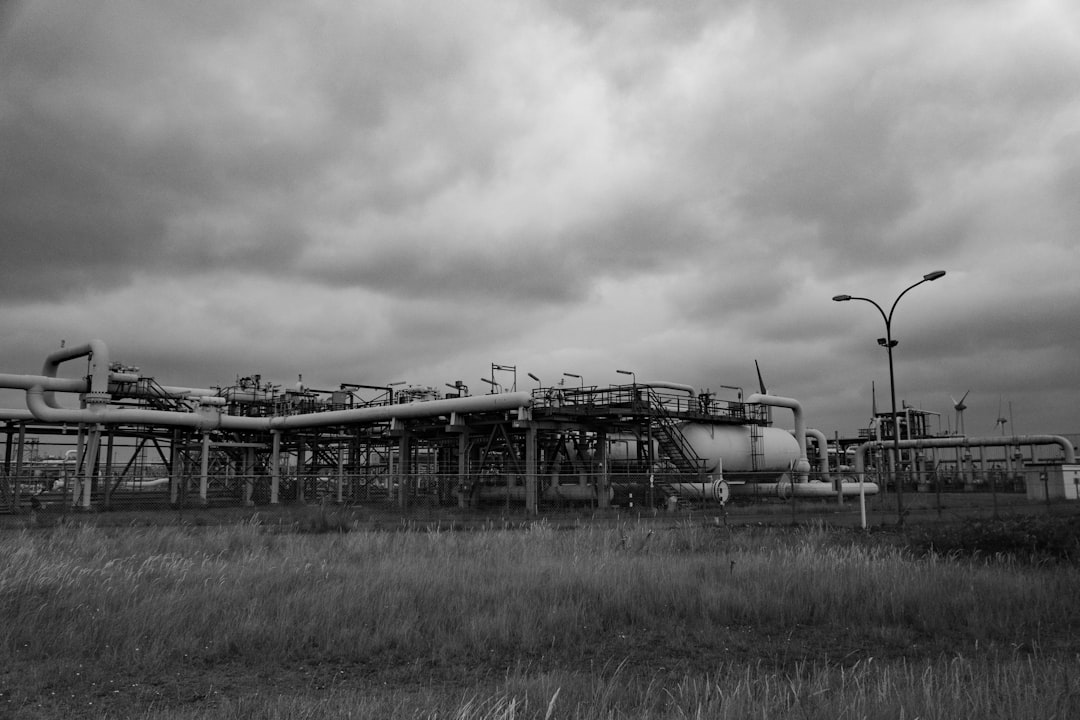
One of the largest hidden costs in petroleum companies is the lack of insight into who interacts with critical assets and when. Basic scan counts miss deeper patterns and leave intent signals on the table. Oilfield, refinery, and retail environments all benefit from more rigorous measurement that connects scans to outcomes such as work order closure, training completion, and revenue.
Sona QR captures real-world engagement with time, device, and location context. Paired with Sona.com, you can unify fragmented touchpoints across buying stages and operational workflows. That means scans become more than interactions, they become signals linked to measurable business results.
Scaling success requires consistency, communication, and automation. A thoughtful set of standards turns scattered tests into a coordinated program that delivers measurable returns across sites and teams.
These tactics help petroleum organizations close engagement gaps, promote consistent usage, and grow a reliable stream of first-party data that supports safety, compliance, and revenue initiatives.
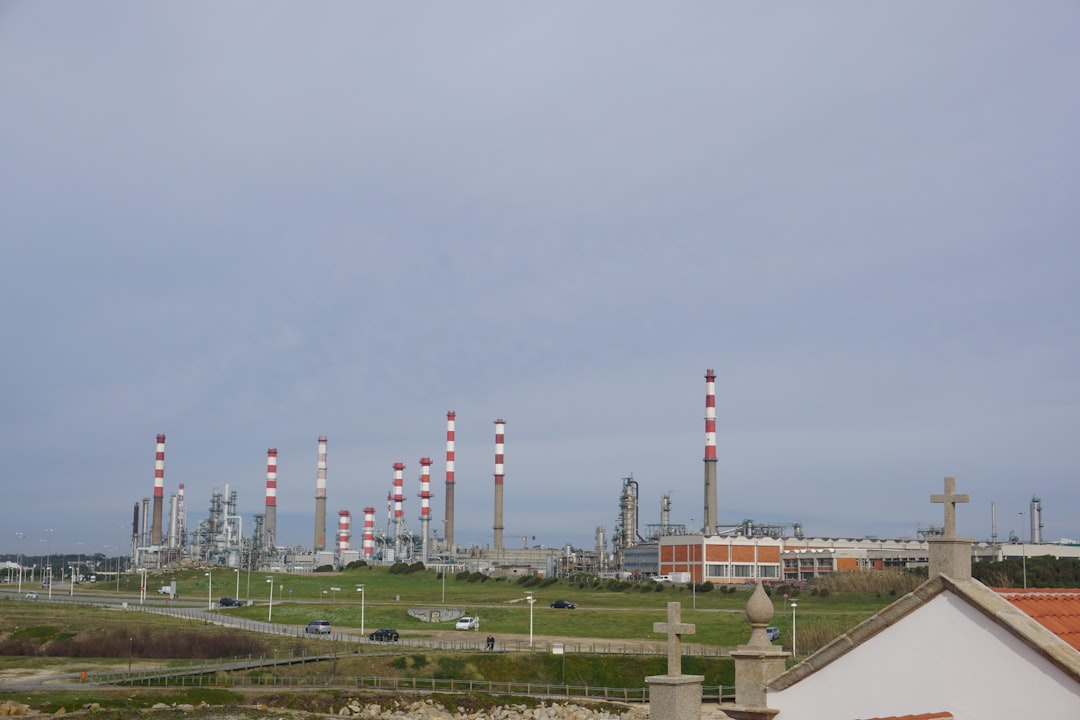
Success stories show how small changes at the point of action unlock measurable improvements. While each operation is unique, the following scenarios illustrate repeatable patterns that other petroleum companies can adopt and adapt.
These examples demonstrate the tangible benefits of moving away from untracked, disconnected offline events. QR codes transform everyday touchpoints into measurable interactions that drive better decisions, faster responses, and steady performance gains.
Expanding a QR program requires attention to both design and execution. The right tactics elevate scan rates and data quality. The common pitfalls can undermine even the most thoughtful strategy.
By focusing on clarity, durability, and iteration, petroleum companies can avoid the common traps that cause QR deployments to stall. A disciplined rhythm of testing and refinement keeps programs aligned with changing on-site realities.
For petroleum companies, QR codes convert hidden offline moments into actionable digital signals. They close the loop between physical and digital assets, which improves safety, compliance, operations, and customer engagement. When every sign, sticker, or label can trigger a measurable workflow, teams gain the visibility they need to refine processes and elevate outcomes.
The strategic advantage grows as deployments scale. Dynamic content keeps information current, analytics reveal what is working, and integrations enable timely follow-up. Petroleum businesses that integrate QR codes into their physical infrastructure and marketing strategy are better equipped to track, personalize, and act on high-value interactions. The result is sustained gains in efficiency, safety, and competitive performance.
If you are ready to pilot or scale a program, start with one or two high-impact use cases, deploy dynamic codes, and measure from day one. Platforms like Sona QR simplify management, analytics, and integrations so you can connect scans to meaningful results quickly. Start creating QR codes for free.
QR codes have revolutionized petroleum companies by transforming traditional access and information delivery into seamless, measurable interactions. Whether it’s enabling secure site access, streamlining equipment tracking, or enhancing safety communications, QR codes replace cumbersome manual processes with instant, mobile-friendly solutions that capture real-time data and boost operational efficiency.
Imagine instantly verifying personnel credentials or accessing critical maintenance records with a simple scan—reducing downtime and enhancing compliance. With Sona QR, petroleum companies can create dynamic, trackable QR codes in seconds, update access permissions or information on the fly without costly reprints, and link every scan to actionable insights that improve safety and productivity. No more guesswork, just smarter, safer operations.
Start for free with Sona QR today and turn every scan into secure access, reliable data, and measurable improvements across your petroleum operations.
QR codes provide instant, app-free access to updated safety protocols, training videos, incident reporting forms, and emergency response checklists, improving compliance and enabling faster, more accurate decision-making in safety-critical situations.
QR codes turn physical touchpoints like pumps and printed materials into measurable digital channels that capture customer feedback, enable loyalty sign-ups, track campaign effectiveness, and close revenue attribution gaps.
They digitize manual workflows such as maintenance logs and compliance reporting, reduce paperwork errors, provide real-time data on task completion, and allow supervisors to monitor engagement and optimize staffing and processes.
Petroleum companies use QR codes on equipment labels for maintenance tracking, on safety posters for training acknowledgments, at muster points for emergency drill confirmations, and on retail materials for customer engagement and feedback.
By placing QR codes on fuel pumps and forecourt displays, companies can offer customers instant access to promotions, feedback surveys, digital receipts, and loyalty programs without requiring apps, making interactions fast and measurable.
Use Sona QR's trackable codes to improve customer acquisition and engagement today.
Create Your FREE Trackable QR Code in SecondsJoin results-focused teams combining Sona Platform automation with advanced Google Ads strategies to scale lead generation

Connect your existing CRM

Free Account Enrichment

No setup fees
No commitment required

Free consultation

Get a custom Google Ads roadmap for your business






Launch campaigns that generate qualified leads in 30 days or less.
